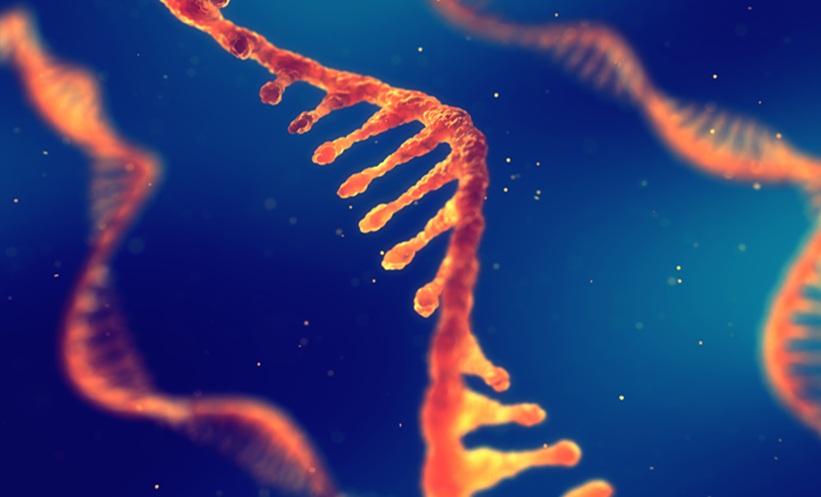MACROPHAGES may constitute the next target for liver cancer treatment as the presence of epidermal growth factor receptor (EGFR) in the cells surrounding tumour cells have been shown to catalyse tumour proliferation.
Several years ago EGFR was found to occupy and promote the development of up to 70% of total liver tumours, a discovery which boosted the hopes of those suffering from an almost incurable disease amid a shortage of effective treatments. This triggered an onrush of targeted therapies; however, a lack of knowledge on EGFR function meant that these produced a negligible inhibitory effect, resulting in little improvement in the patient.
These findings blossomed from a project carried out at the Institute of Cancer Research, Medical University Vienna, Vienna, Austria, in which EGFR presence was repressed across a range of liver cell types inside mouse models. Overall improvement in diminished tumour growth was expected. However, Prof Maria Sibilia, Head of the Institute of Cancer Research, said: “We found just the opposite – tumour growth increased. This was not the case for tumours in which EGFR was lacking only in the surrounding macrophages. There, tumour growth was considerably decreased.”
Prior to the project it was not known that EGFR was expressed by these liver macrophages, or Kupffer cells, whose activity increases upon inflammation and infection occurrence in order to protect the body. The team managed to decipher a complex chain of cellular signalling pathways, catalysing elevated liver cell proliferation. Ms Karin Komposch, Institute of Cancer Research, said: “We were able to show that injuries to hepatocytes trigger the release of the messenger substance, interleukin (IL)-1beta. This, via diverse intermediate stages, causes EGFR in Kupffer cells to stimulate the production of IL-6, which causes liver cells to proliferate.
“In principle, the release of IL-6 should stimulate the proliferation of hepatocytes, thus aiding in the repair of damaged tissue – but can also lead to uncontrolled hepatocyte proliferation, and thus to tumour formation.”
(Image: freeimages.com)







